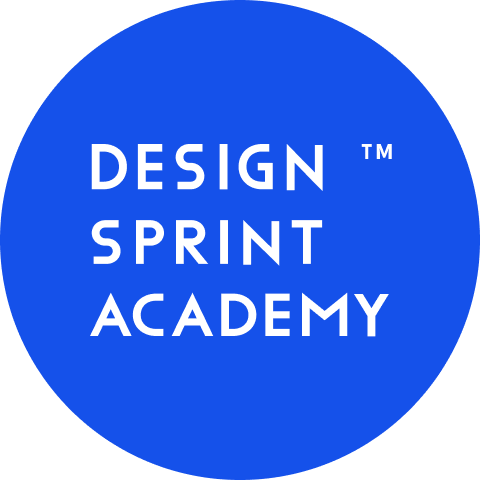Autodesk's Journey with Design Sprints and Problem Framing

Traditional Agile development often stumbles with poorly defined product ideas, bloated backlogs, and solutions that fail to resonate with customers. This leads to wasted resources and unmet needs.
In January 2020, we introduced the Autodesk team in Hannover to Design Sprints and Problem Framing. This approach revolutionizes product development by:
- Testing Prototypes with Real Customers: Before Agile sprints, week-long Design Sprints validate ideas through customer feedback, ensuring only viable solutions proceed.
- Focusing on Problem Framing: Collaborating with stakeholders to identify crucial business opportunities and customer needs ensures solving the right problems.
Autodesk, a global leader in design and manufacturing technology, embraced this methodology to enhance their product development process. They were aiming to:
- Reduce Wasted Resources: A primary goal was to reduce the instances of investing in solutions that did not align with market needs or customer preferences.
- Elevate Customer Satisfaction: Autodesk sought to ensure that the products developed were closely aligned with customer expectations and demands.
- Gain Stakeholder Buy-In: Another crucial aim was to enhance engagement and agreement among stakeholders, aligning product development more closely with business objectives and stakeholder interests.
Combining Design Sprints with Problem Framing transforms Agile development into a customer-centric, efficient, and effective process. It's not just about building solutions; it's about building the right solutions that deliver real value. This approach empowers teams to innovate with confidence, guided by customer insights and strategic alignment.















